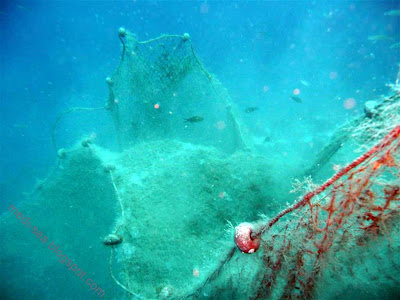Due to dramatic changes in the economical, political, psychological and
collective subconscious states of Greece and its' inhabitants, we have
not updated this blog-spot and must apologize to our wonderful readers
and followers across the globe! Before I continue to the main theme of
this post, I must dedicate one of my favorite songs to all of you,
sending summer vibes and rhythms, but most importantly lots of love to wherever you
are! keep on searching!
But we must not forget the fish!
This beauty is one of the 5 species of mullets that thrive in the wet land. Let us introduce the beautiful Liza aurata! Mullets are quite hard to identify even for specialists, however we are pretty sure this is her, because of the comparatively thin upper lip, the long pectoral fin, the yellow spot, small scales and nearly scaleless pretty face! Mullets are a very prized food source and in Greece the female gonads of certain species are very highly sought after due to their quality and high price. The delicacy made from the female roe is called "avgotaraxo" and can be sold as high as 200 euros per piece, preserved beautifully in bees wax! This beauty of a mullet can reach the size of 59 cm , but usually around 30 cm. It is found from Scotland to Cape Verde; in the Mediterranean and Black Sea. Also in the coastal waters from southern Norway to Morocco, and rarely off Mauritania.This species breeds from July to November only in the sea, and its minimum sustainable size for consumption is 20 cm! Always respect this size and the breading season. We must all be left alone while breeding, right?!












